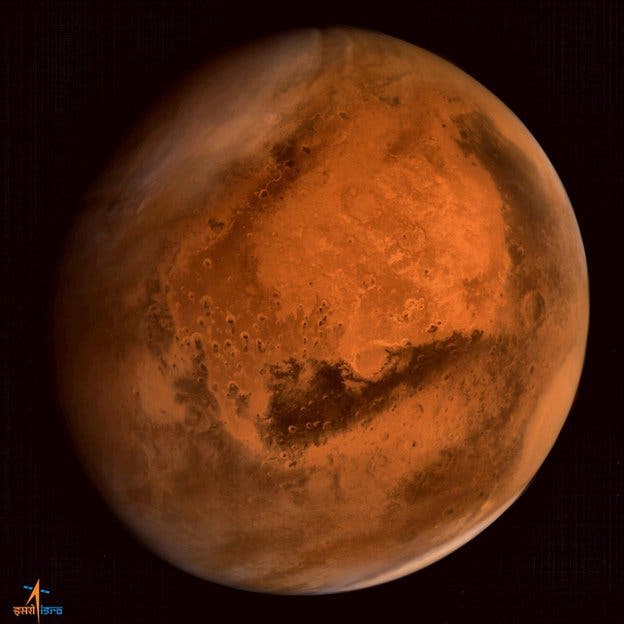We were telling you a while ago how India launched a probe towards Mars, and how it was successful in reaching the Red Planet’s orbit – a magnificent achievement for any country, let alone India, which is still a developing country. To make their success even more remarkable, they are the first country ever to successfully send a probe to Mars from their first attempt.

The US was also apparently impressed, as they offered to sign a contract of collaboration with India, planning a joint radar spacecraft to study our home world in 2020, but leaving the door open for other collaborations as well. The agreement was signed by agencies’ two leaders at the 65th International Astronautical Congress in Toronto.
India‘s space agency (Isro) was established in 1969, the same year in which Neil Armstrong and Buzz Aldrin were walking on the Moon. Mars Orbiter Mission (MOM), also known as Mangalyaan, arrived in orbit at Mars on 24 September to image the planet and study its atmosphere. The mission is a “technology demonstrator” project to develop the technologies for design, planning, management, and operations of an interplanetary mission. The mission’s main objectives are ambitious and include exploring Mars’ surface features, morphology, mineralogy and Martian atmosphere using indigenous scientific instruments. However, the main objective is simply creating a Mars orbiter capable of performing Earth-like maneuvers in the Martian orbit.
The joint Nasa-Isro Synthetic Aperture Radar mission (NISAR) will detail land change on Earth.






